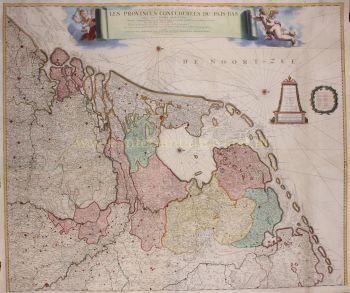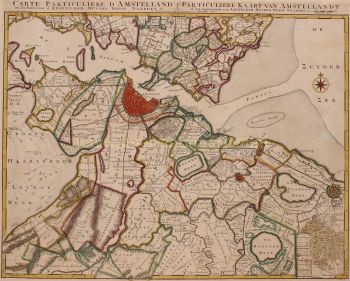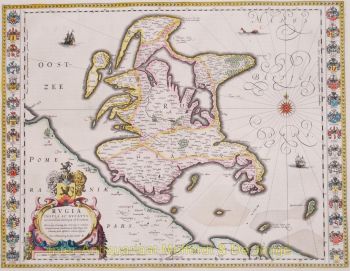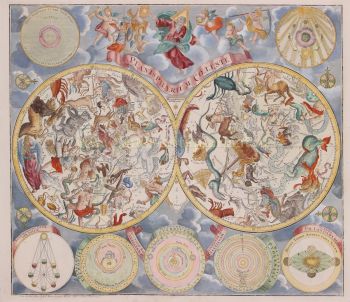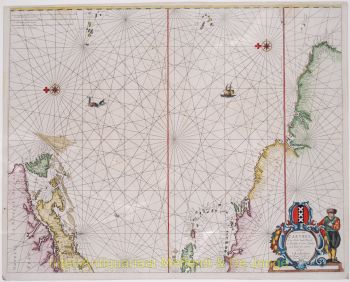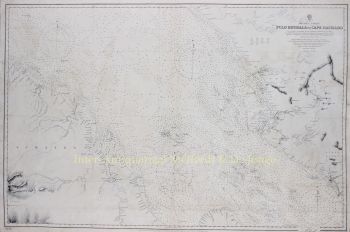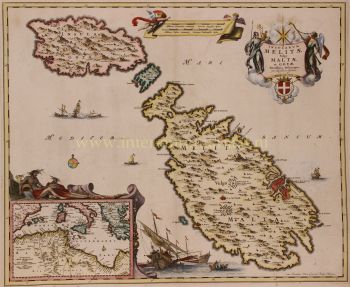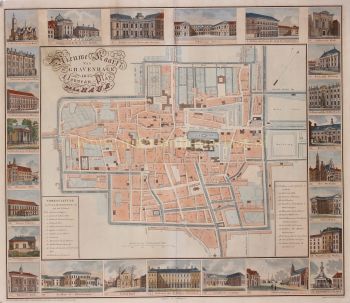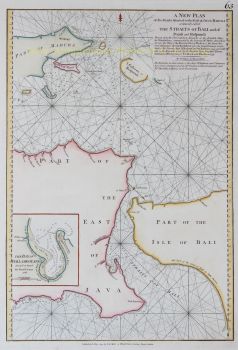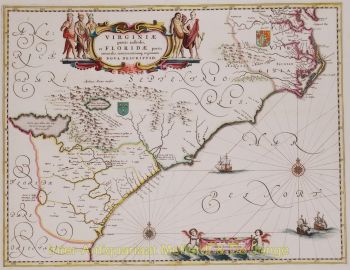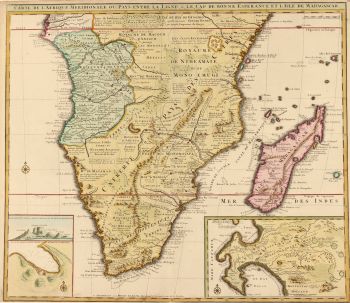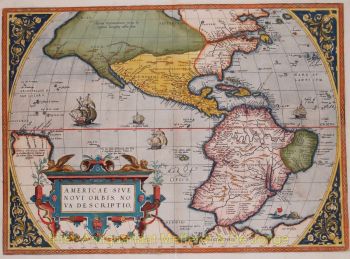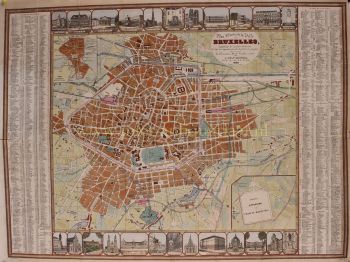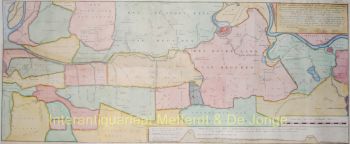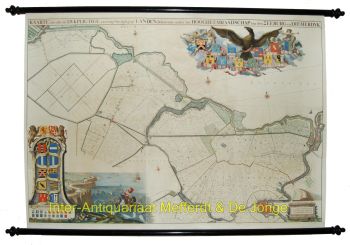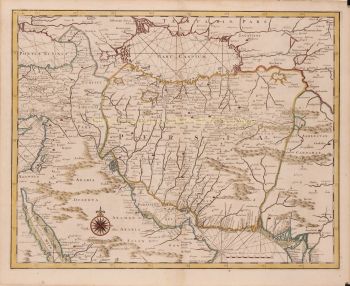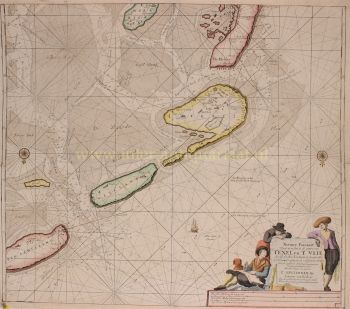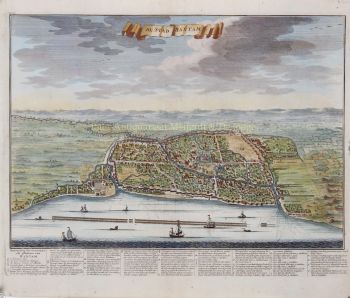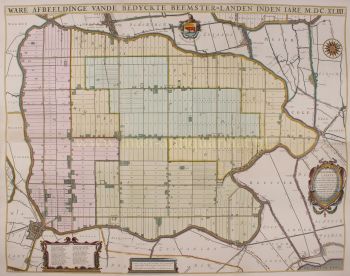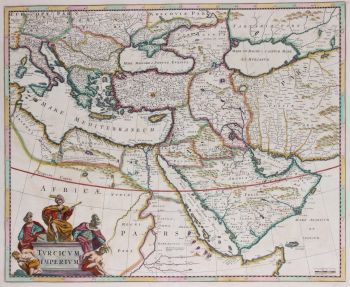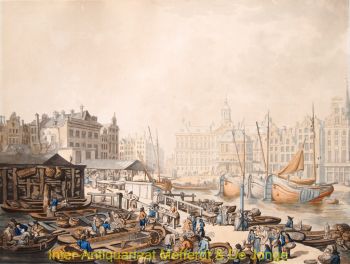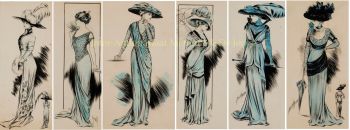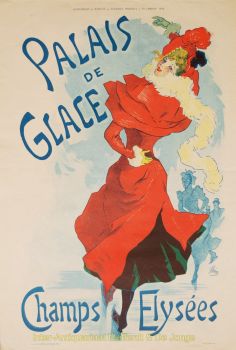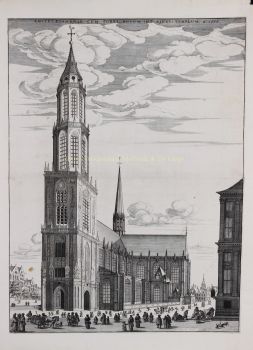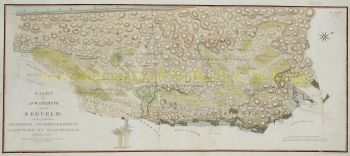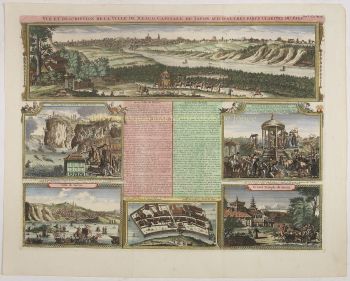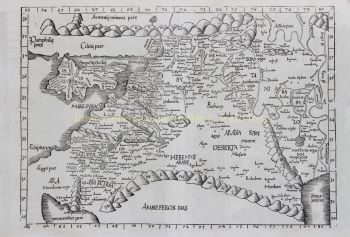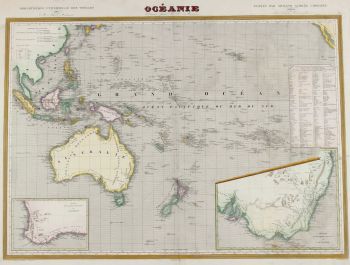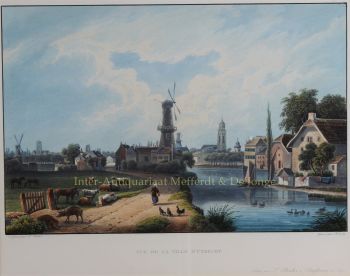África 1724
Covens and Mortier
€ 650
Inter-Antiquariaat Mefferdt & De Jonge
- Sobre arte“Africa Accurate in Imperia, Regna, Status & Populos divisa, ad usum serenissimi Ludovici XV Galliarum Regis. - Carte D'Afrique Dressée pour l'usage du Roy“. Copper engraving made by Johannes Condet, after the design of Guillaume de L’Isle (aka Delisle), published in Amsterdam by the firm of Johannes Covens and Cornelis Mortier in 1742. Original outline colouring with additions by a later hand. Size: 49 x 64 cm. In this map Delisle shows Africa without the Ptolomaic-based Nile River imaginary source lakes. Delisle also gives the correct longitude for the Mediterranean Sea of 42o, thus correcting the width of the northern shape of Africa. The interior has the main regions identified with capital letters for BARBARIE, EGYPTE, NUBIE, NIGRITIE, GUINÉE, ABISSINIE, ETHIOPIE and CAFFERIE. Dotted lines divide all of Africa into numerous sub regions labelled Royaumes, Etates, etc. Within the regions, considerable detail and additional placenames are shown particularly around those areas settled or explored by Europeans in West-Africa, Abyssinia, the Congo, Southeast Africa on the Zambesi River and South Africa. At Cape of Good Hope, the Dutch settlements at Drakenstein, Stellenbosch and Fort Hollandia are shown. Lake Marawi [Malawi] in Central Africa is identified for the first time on this Delisle map. It is also the first time Senegal and Niger Rivers are separated. Guillaume De L´isle (1626- 1757) is often referred to as the father of modern geography. He was elected a member of the French Académie Royale des Sciences in 1702, and then was appointed Premier geographe du Roi in 1718. His new office consisted of teaching geography to the Dauphin, King Louis XIV’s son, hence the dedication in the title. Price: Euro 650,-
- Sobre artista
Covens and Mortier (1721 - c. 1862) foi uma editora de Amsterdã, sucessora do extenso império editorial construído por Pierre Mortier (1661 - 1711).
O mapa de Covens e Mortier é frequentemente criticado como derivado - mas este não é totalmente o caso. Pierre Mortier viveu em Paris de 1681 a 1685. Lá ele estabeleceu relações estreitas com os maiores cartógrafos franceses da época, incluindo De L'Isle e D'Anville.
Seu modelo de negócios foi baseado em alavancar a tecnologia de impressão holandesa e sofisticação para co-publicar cartografia francesa de última geração. Após a morte de Mortier em 1711, sua empresa foi assumida por seu filho, Cornelius Mortier (1699 - 1783). Cornelius casou-se com a irmã de Johannes Covens (1697 - 1774) em 1721 e, em parceria com seu cunhado, fundou a firma Covens and Mortier.
Sob a marca Covens and Mortier, Cornelius e Johannes continuaram no modelo de Pierre de publicar as obras francesas mais atualizadas com permissão. Eles rapidamente se tornaram uma das maiores e mais prolíficas editoras holandesas do século XVIII.
A empresa e seus sucessores publicaram milhares de mapas ao longo de um período de 120 anos, de 1721 a meados do século XIX. Durante sua longa vida, a firma Covens and Mortier publicou como Covens and Mortier (1721 - 1778), J. Covens and Son (1778 - 94) e Mortier, Covens and Son (1794 - c. 1862).
Você está interessado em comprar esta obra de arte?
Artwork details
Related artworks
- 1 - 4 / 7
- 1 - 4 / 24
- 1 - 4 / 12



